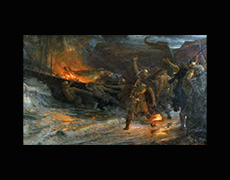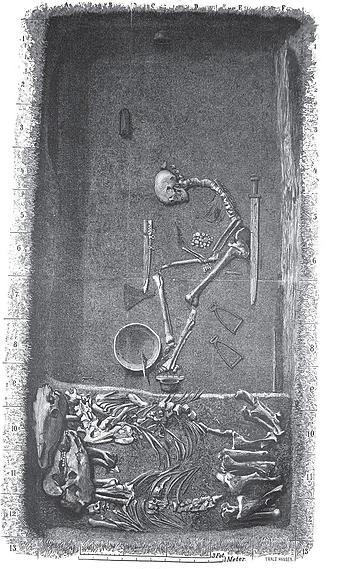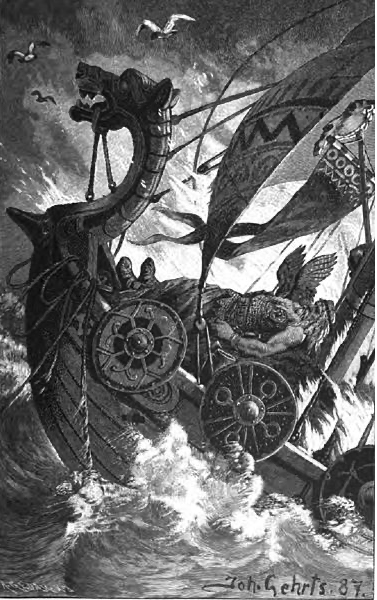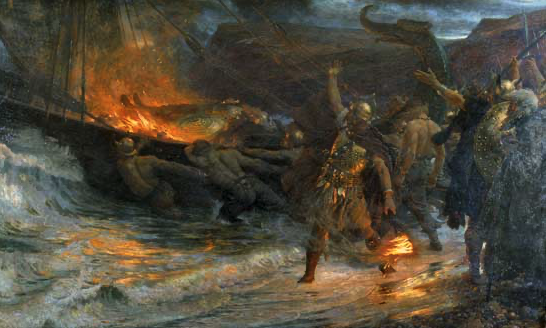
Vikings were a fierce and formidable people who left a lasting impact on history.
Their customs and traditions were just as unique and interesting as their reputation suggests, and one of the most fascinating aspects of Viking culture is their funerary practices.
Viking funerals, also known as “ship burials,” were a way for the Vikings to honor their deceased and ensure a safe passage to the afterlife.

The deceased was typically cremated and their ashes were placed in a boat or a ship, which was then set on fire and sent out to sea. This was thought to be the best way to ensure that the deceased reached the afterlife, as it was believed that the gods lived across the sea.
In some cases, the ship was filled with valuable possessions, such as weapons and jewelry, as well as food and drink, to provide the deceased with everything they might need in the afterlife. This practice was reserved for the wealthy and powerful, as the cost of such a funeral was quite high.

It was also common for the deceased to be buried in a mound, known as a “barrow,” with grave goods.
The barrow was typically a large, raised earthwork that was constructed to resemble a ship. This was believed to symbolize the deceased’s journey to the afterlife, and the barrow was often adorned with intricate carvings and decorations to further honor the deceased.

Viking funerals were not just about honoring the dead, but also about celebrating their lives.
They were a way for the community to come together and remember the deceased, and to send them off in a grand and fitting way.
This was an important aspect of Viking culture, as it was felt that the way in which a person was buried would determine their fate in the afterlife.

